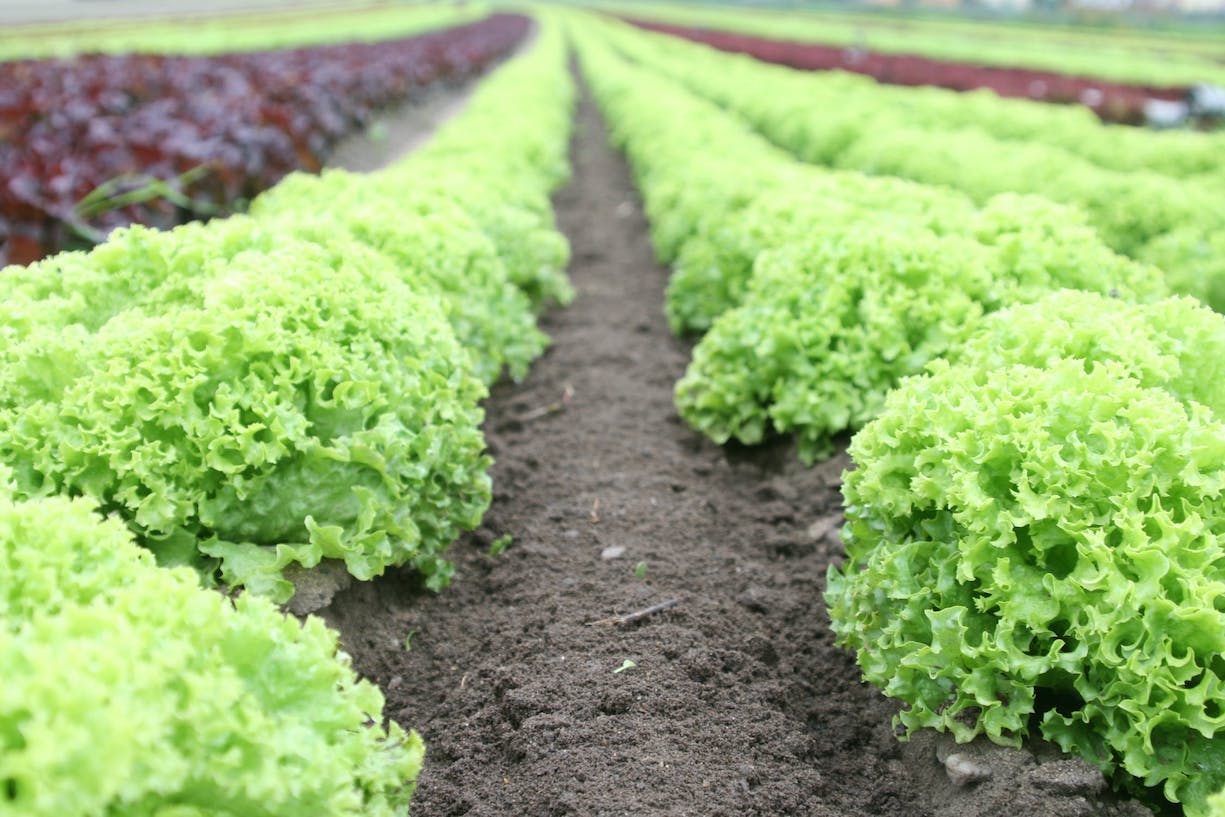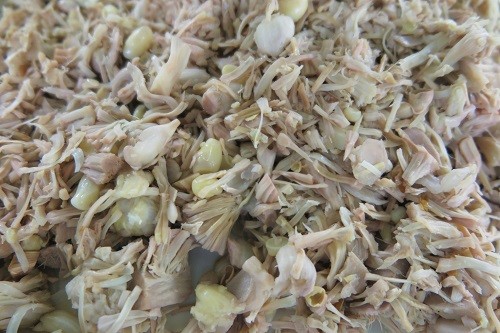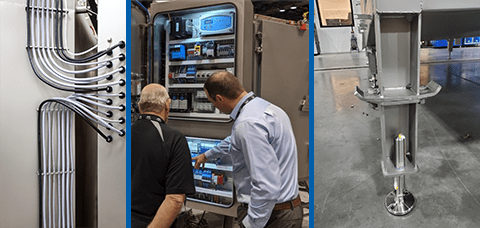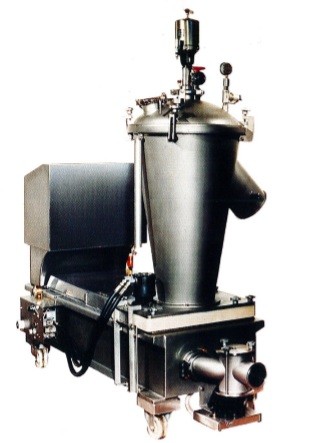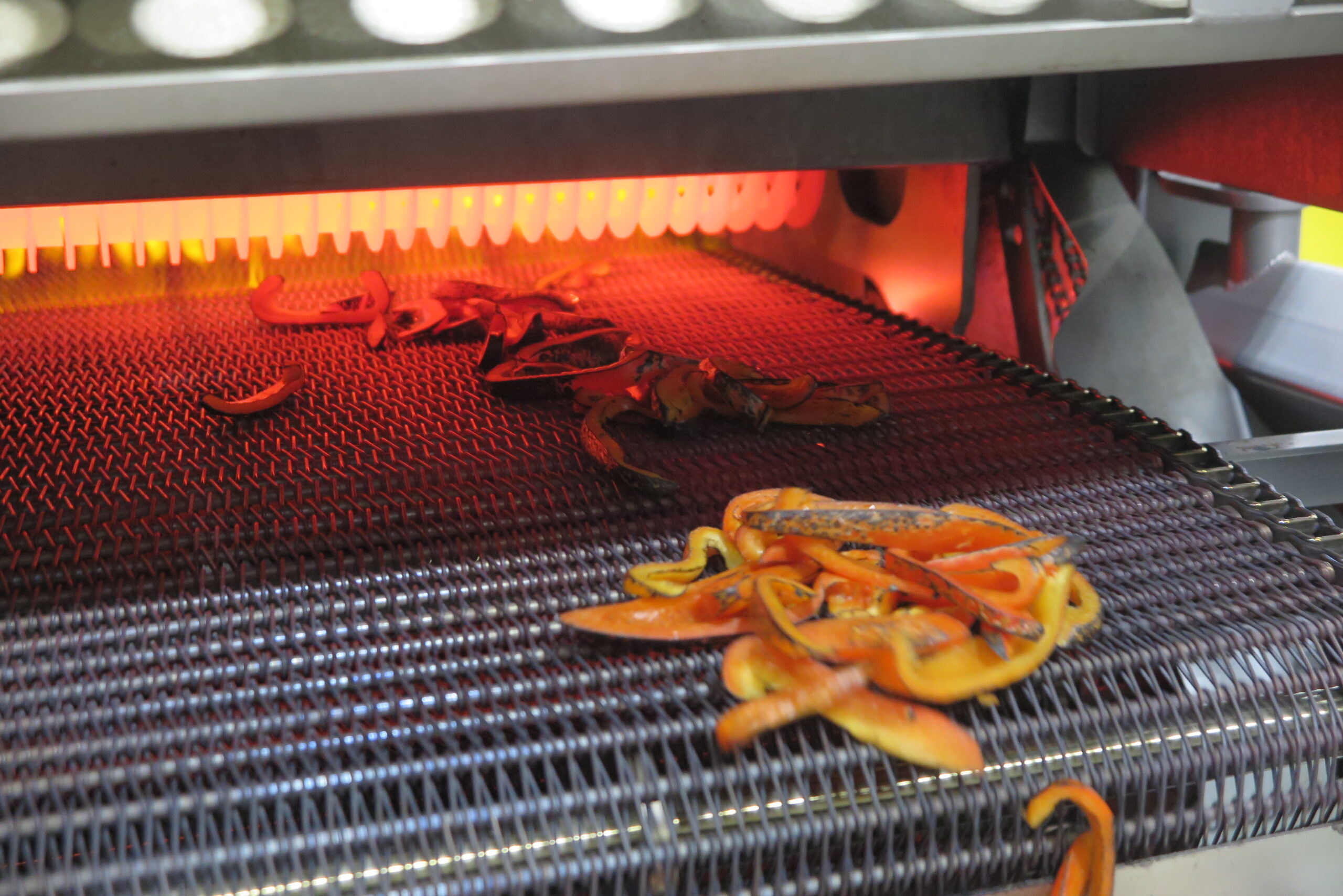By 2030, the global population is expected to rise to 8.5 billion people. The global food system and the way food is grown, produced, distributed, and consumed is crucial when attempting to feed so many people. Efficiency, sustainability, and automation within the food industry are important components that must be addressed to ensure global food systems are productive enough to feed the rising population.
As the population grows, the strategies and procedures used in global food production systems become even more crucial to the livelihood of consumers around the world. Updated strategies must be implemented to ensure consumers are provided with the food they need and the choices they’ve become accustomed to.
Utilizing resources, sourcing food locally, and eliminating food insecurity through inclusivity are all important ways the system must evolve and grow to keep up with demand from consumers. By analyzing the potential future of global food systems, you’ll learn more about how the food industry plans to ensure consumers can fill their plates at every meal.
Sustainability
Sustainability in the food supply chain is one of the most pressing issues and must be addressed to create a system that can consistently provide resources for the global population. One of the best ways to tackle sustainability within the food system is to reduce food waste and ensure all resources are used efficiently. Currently, about 30% to 40% of food produced is thrown away as waste.
To make the global food system more sustainable in the future, food producers must pay close attention to their crops and spoilage rates. By understanding when their crop is at its prime and when it’s no longer safe to eat, food producers can work to reduce the amount of spoilage and waste within the food system.
Sustainability may also be achieved within the global food system by analyzing the transportation and storage of products. Food providers that don’t have the means to process preserved food face challenges transporting their products to consumers without spoilage or spillage.
Without the proper food processing equipment or refrigeration systems in place, food is wasted during the transport or storage processes. To be more sustainable in the future, food processors must address these issues and invest in the proper equipment to ensure their food is salvageable.
Resource-Efficient Consumption
The world’s food supply is compiled from natural resources and the way these resources are collected is crucial for the future state of global food systems. By responsibly tapping into these resources, food manufacturers ensure they’ll be available for longer.
Water is a precious resource that’s used on all levels of the global food system. When professionals in the food supply chain attempt to conserve the amount of water they use, they’re contributing to the longevity of this resource. Observing how crops and agriculture are producing and behaving, as well as monitoring soil, air, and water quality are both crucial practices for the health and sustainability of these resources.
Advances in safe pest control that doesn’t negatively impact soil, plants, or consumers is also a way to efficiently use and protect the earth’s resources. Farmers and food producers are paying more attention to where and how crops grow best. By planting crops in certain lands where they’re more likely to thrive, these producers ensure efficiency and higher success rates.
Farmers may recycle nutrients in their feed to take care of animal resources and to reduce potential nutrient losses in the soil. Additionally, limits set on the types of pesticides used on crops, the number of fish captured in one day, and the number of livestock heads on one property ensure important food resources are protected for the future.
Inclusivity
Everyone in the world needs food to survive and food insecurity is an issue that’s dealt with on a daily basis. When developing future global food systems, inclusivity is a concern that must be addressed. Building an inclusive global food system that doesn’t only provide resources to the rich and geographically fortunate is crucial to a bright future for the general population.
Food manufacturers attempt to address food insecurities and make their food accessible to anyone with the right manufacturing equipment. A direct flame grill system or a continuous oven changes the way manufacturers create their products, building efficiencies and quality controls that can improve food output. When manufacturers experience higher efficiency and output, they can offer better products to more populations and partners around the world.
Manufacturers that automate their processes with equipment such as a machine slicer, for example, can reduce their labor and operational costs. This allows them to reduce prices and make enough food to meet the rising population’s needs and demands.
Local Food Sourcing
Another way global food systems may consider conserving resources in the future is through local food sourcing. Transporting food from across the world, the country, or even from one city to another takes excessive energy. The time it takes to transport this food also limits the product’s shelf life, contributing to the high amount of food waste already present throughout the world.
When consumers focus on purchasing food that’s grown locally, they curb the amount of energy and resources needed to deliver the product. Experts are dedicated to learning more about certain regions to ensure they have the resources needed to grow foods that can be provided to local residents.
Nutritious and Healthy Foods
An emphasis on healthy and nutritious eating is also important to the global food system. Vegan and vegetarian diets are trending due to the potential health benefits and nutritious eating is one of the best ways to ensure the general population obtains the nutrients needed to thrive.
To ensure healthy, safe, and nutritious foods are available for the population, storage issues must be tackled. Nutritional education must take precedence in the food manufacturing industry and in the general public as well. This ensures manufacturers know how to effectively add nutritional value to their products and that consumers know what they’re eating and how to achieve a healthy, balanced diet.
When the general public eats nutritious and healthy foods, it starts a positive chain reaction within the global economy. The need for expensive healthcare is cut down and medical resources aren’t in such high demand.
Global food systems must take on pressing issues in order to improve, expand, and provide necessary resources to the general public. By focusing on solutions for sustainability, efficiently using resources, inclusivity, and promoting healthy foods, the global food system will continue to make the changes it needs to offer adequate nutrition to the rising population.












